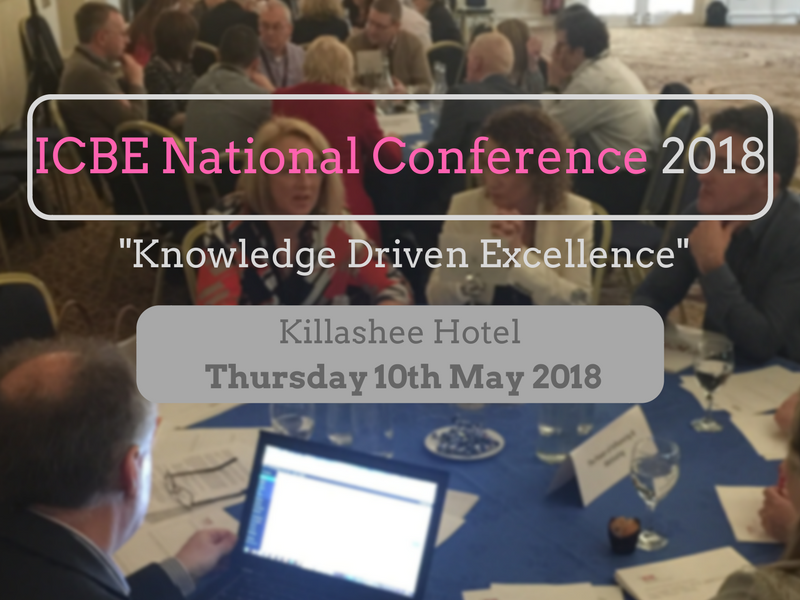How to engage the senior leadership team in a difficult change journey?
- Clear message – Define problem /common understanding – Define a clear path for change
- Ownership of solution / leadership have to be part of answer
- Change management is about people – engaging people
- Present case studies of similar changes – strengthen business case
- Independent external view of company
- Need clear agreement of why change is needed
- Benchmarking with outside organisanations
- WIIFM – What’s in it for me
- New CEO. One of first things he asked all employees was – What do you do? What do you want to do? Everyone bought in straight away & now part of their job is what they want to do
